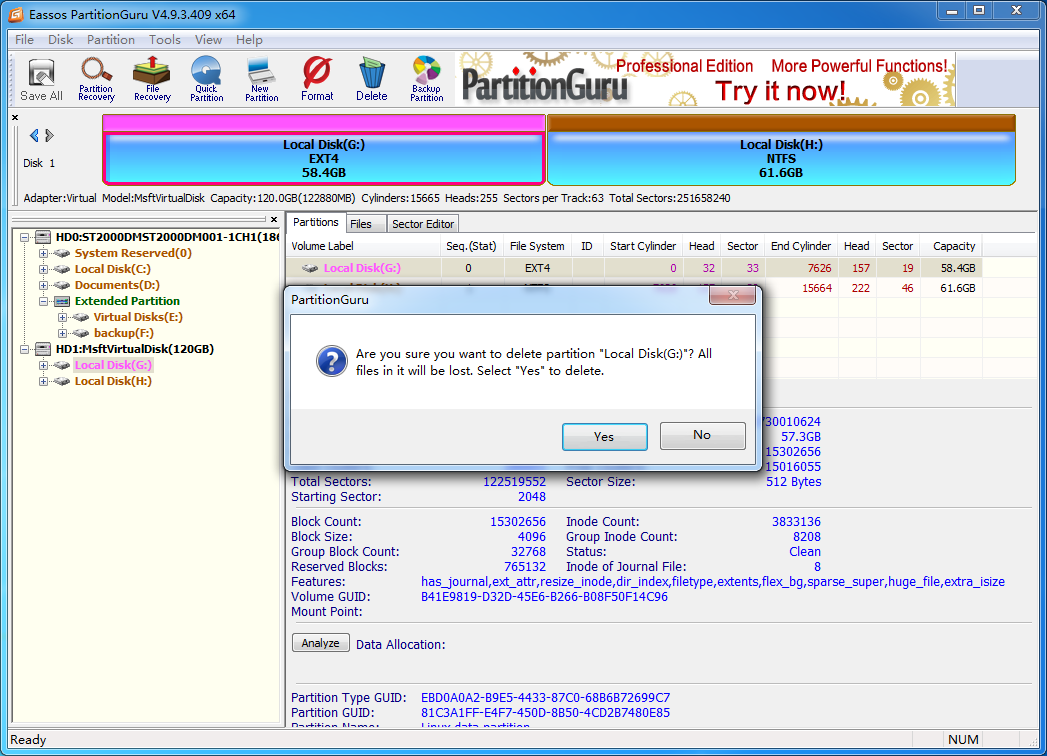


Instead, This command is intended to allow you to reclaim space on a corrupted offline dynamic disk in an emergency situation where the clean command in DiskPart can't be used. To erase such a disk, you need to physically remove it from the computer, attach it to another computer as an external drive, and then use DISKPART on that. It only provides functionality for adding and deleting partitions, but not for setting an active partition. Deleting such a partition doesn't cause the resulting free space to become available. On the Recovery Console, which is included in all Windows 2000, Windows XP and Windows Server 2003, there is a diskpart command which is significantly different from the one included in the actual operating system. For example, it's possible to delete an unrecognized GUID Partition Table (GPT) partition on a dynamic GPT disk. Partitions can be deleted from dynamic disks, but they shouldn't be created. To delete a dynamic volume, always use the delete volume command instead. Typically, DiskPart only permits you to delete known data partitions. Without this parameter, an error causes DiskPart to exit with an error code.Įnables DiskPart to delete any partition regardless of type. When an error is encountered, DiskPart continues to process commands as if the error did not occur.

Syntax delete partition įor scripting only. You can't delete the system partition, boot partition, or any partition that contains the active paging file or crash dump information. Deleting a partition on a dynamic disk can delete all dynamic volumes on the disk, destroying any data and leaving the disk in a corrupt state.


 0 kommentar(er)
0 kommentar(er)
